Pakistan Pavilion brings '(Fr)Agile Systems' to 19th International Architecture Exhibition in Venice
Climate change takes centre stage in Pakistan's offering at La Biennale di Venezia
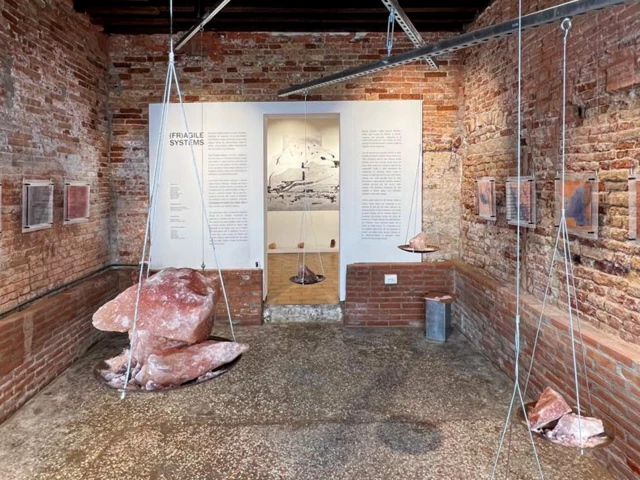
At the 19th International Architecture Exhibition – La Biennale di Venezia, the Pakistan Pavilion is presenting its installation (Fr)Agile Systems, which seeks to explore the drastic impact of climate change.
As per a press release, Pakistan continues to occupy a paradoxical and precarious position along with many other countries of the Global South. Despite contributing less than one percent to global carbon emissions, the South Asian country bears the disproportionate weight of climate-induced disasters ranging from rising temperatures to melting glaciers, intense downpours to savage floods, unusually low precipitation to severe droughts, heatwaves to wildfires. The 2022 floods alone affected over 30 million people across the country, resulting in a dramatic loss of human life, livestock, crops, infrastructure, and land, while further straining an already strained economy.
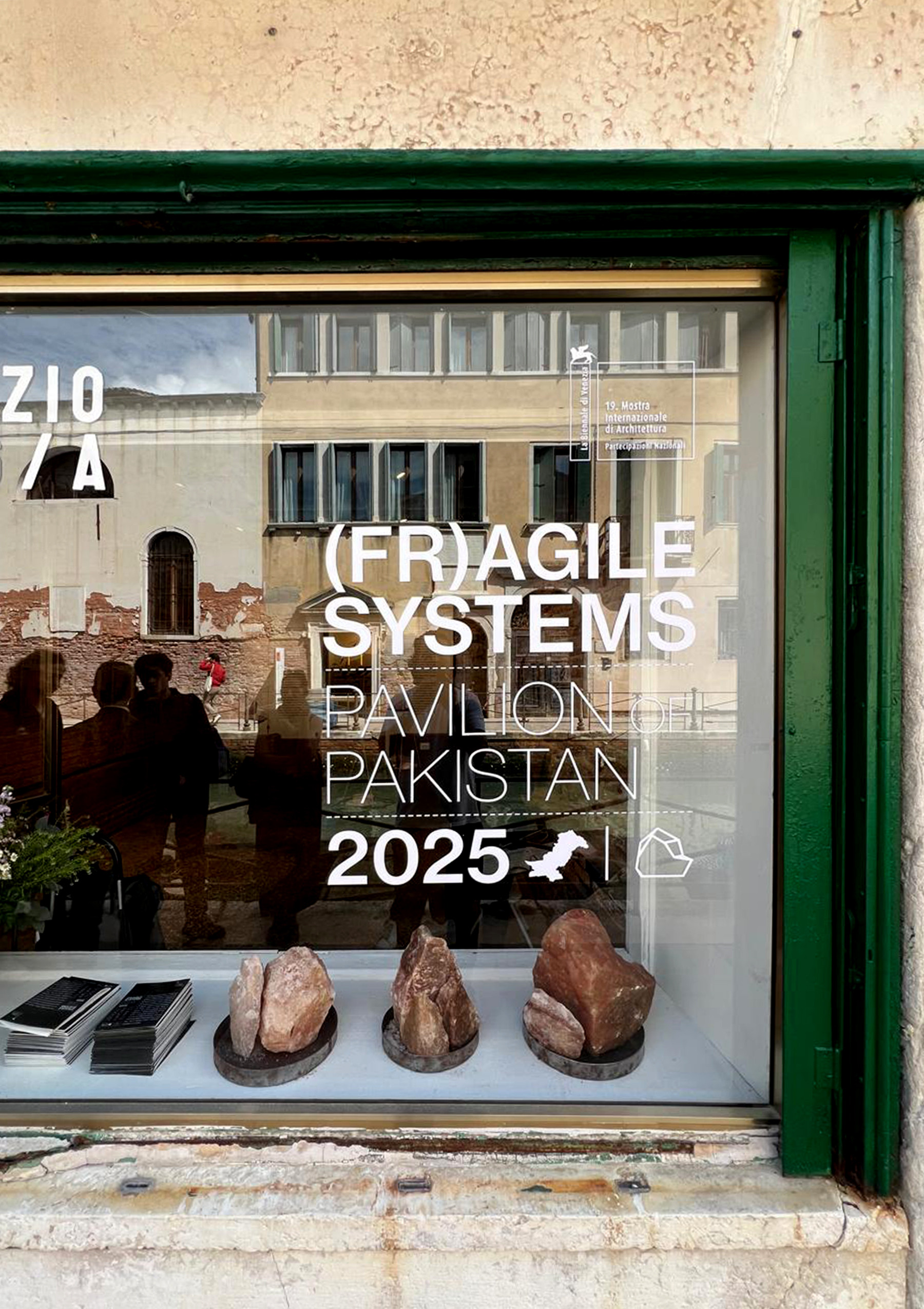
Pakistan Pavilion. Photo: Mustafa Mehdi. Courtesy of Pakistan Pavilion at Biennale Architettura 2025.
(Fr)Agile Systems not only highlights the severity of Pakistan’s vulnerability to climate-induced disasters, but also serves as a reminder of the stark inequity of the climate crisis—one that keeps weighing down hardest on regions that have historically had the least to do with causing it. In the presence of such severity and inequity, it also reiterates the imperative to rethink climate resilience as an adaptation process attuned to the asymmetries and imbalances of an interconnected world.
At the heart of the Pavilion is rock salt — a material deeply rooted in Pakistan’s geological and cultural heritage. Concentrated in large quantities in the Northern Punjab region of the country, Pakistani rock salt embodies a temporal depth formed over hundreds of millions of years. With its rather distinct pink hue and unmatched purity, it also embodies aesthetic and spiritual values besides lending itself to other uses.
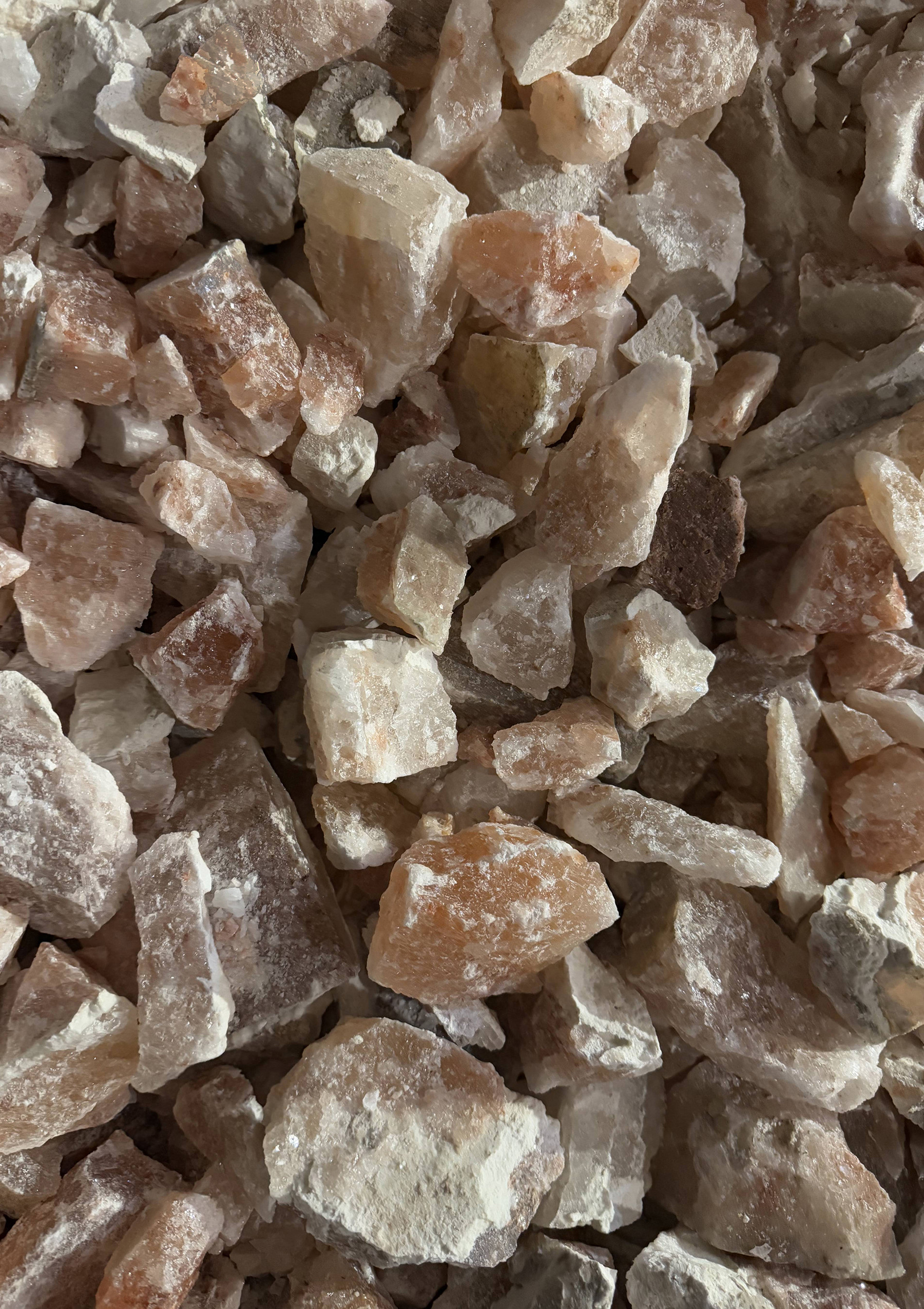
Pink Rock Salt of Khewra. Photo: Ayesha Sarfraz. Courtesy of Pakistan Pavilion at Biennale Architettura 2025.
Here in the ambient humidity of Venice, however, it serves a different purpose. By constantly dissolving, rehardening, and reshaping itself, it becomes a powerful metaphor, reflecting on the one hand the adaptive and enduring qualities inherent in natural elements and processes, and on the other the vulnerability of natural systems and cycles
under the strain of profit-driven human activities. In other words, it reflects both agility and fragility.
This phenomenon, where an indigenous material is brought into an unfamiliar environment and subjected to conditions that alter its very nature, also suggests that climate resilience does not rest in universal solutions dictated by regions primarily responsible for the climate crisis, but in localised and nature-based acts of adaptation that resist colonial and capitalist structures of extraction and exploitation.

Pakistan Pavilion. Photo: Omer Ehtisham. Courtesy of Pakistan Pavilion at Biennale Architettura 2025.
Inside the Pavilion, a suspended structure, both fragile and agile, dominates and articulates the front space, holding the rock salt in a rather complex system that through its asymmetry and imbalance recalls the paradoxes, precarities, and inequities of the climate crisis, while urging a more proactive, equitable, and locally-led response. This central installation is lined by a series of maps that explore Pakistan's climate crisis through the interplay of geology, resilience, and vulnerability. Titled Mapping Pakistan’s Fragility and comprising 12 copper-etched plates with colour overlays, the series presents the profound impacts of climate change on Pakistan's diverse landscapes.

Pakistan Pavilion. Photo: Mustafa Mehdi. Courtesy of Pakistan Pavilion at Biennale Architettura 2025.
At once a reflection and a call to action, the Pavilion also envisions a future in which architecture takes a radical turn and becomes deeply re-rooted in cultural heritage and critically re-engaged with ecological realities. It is here that we invite visitors to a place we imagine — a place embedded in a mountain range that extends from a plateau to a river in Pakistan’s Punjab province, a quiet place that speaks loudly for change in how we design and build as architects.
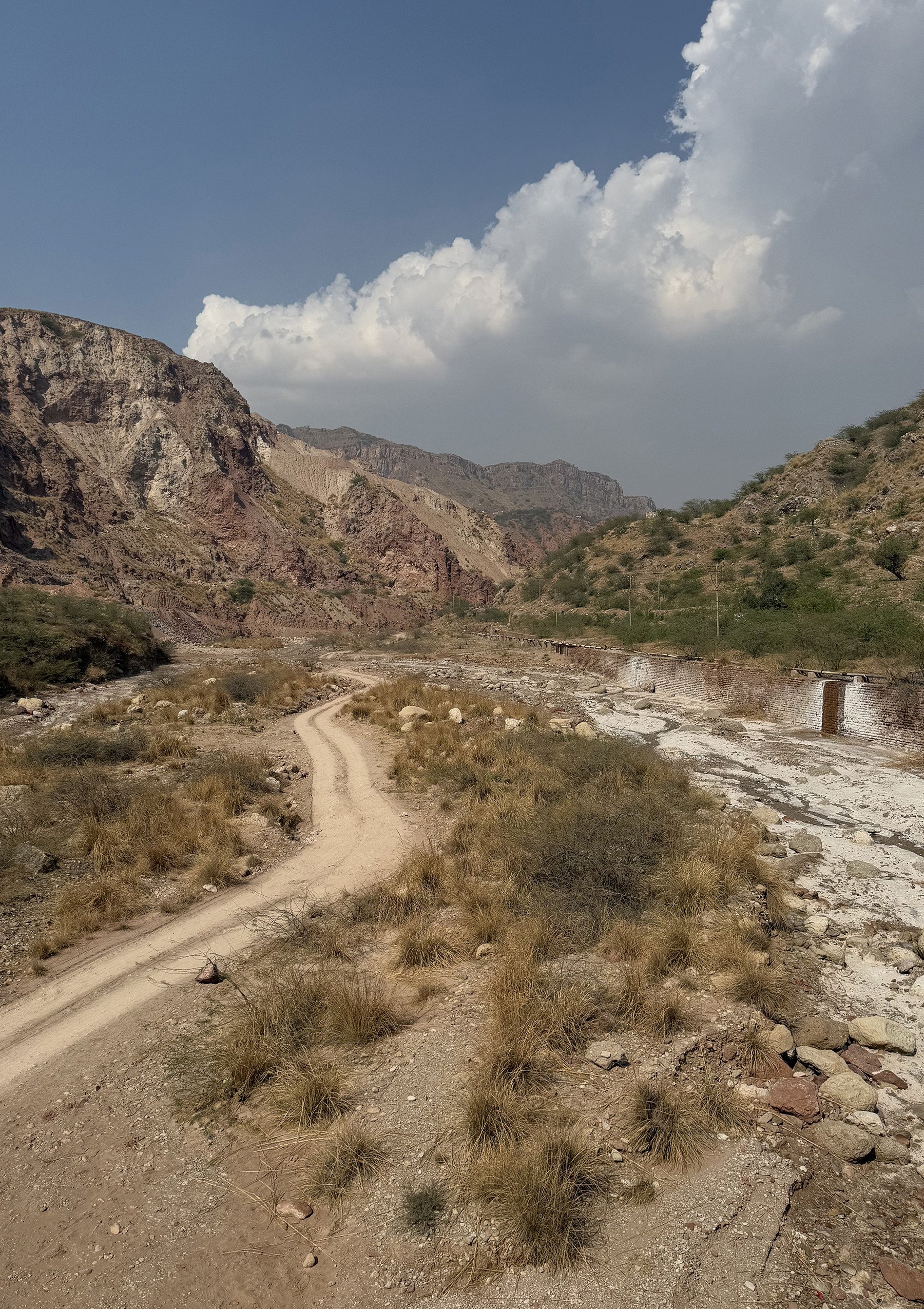
The Salt Range, Punjab Province, Pakistan. Photo: Ayesha Sarfraz. Courtesy of Pakistan Pavilion at Biennale Architettura 2025.
In addition, the Pavilion presents a pamphlet titled Climate Inequity: A Closer Look that offers a more detailed study of global climate inequity by tallying the historical carbon footprints of the Global North and the Global South. The Pavilion also presents a framework titled Decolonsing Design: Toward Mutualist Practice that calls on architects to conscientiously value and support diversity, locality, and interdependence in architecture.
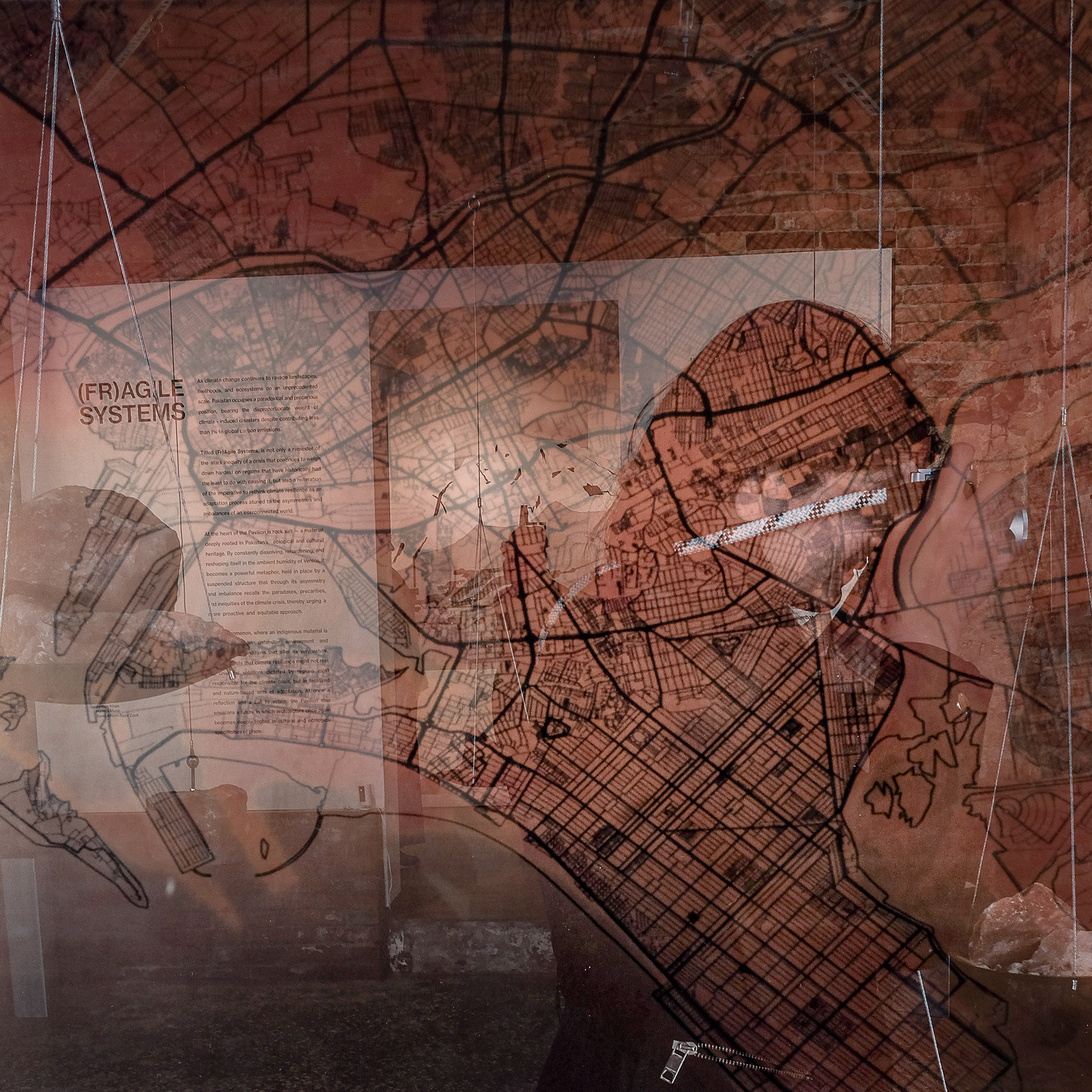
Pakistan Pavilion. Photo: Omer Ehtisham. Courtesy of Pakistan Pavilion at Biennale Architettura 2025.
Organised by Coalesce Design Studio (Karachi) and MAS/Architects (Lahore), the Pavilion is curated by Anique Azhar (MAS/Architects), Sami Chohan (Studio 4Pai; Navigating Noplace; GCAS-Jehan), Salman Jawed (Coalesce Design Studio), Bilal Kapadia (Coalesce Design Studio), Mustafa Mehdi (Coalesce Design Studio), Madeeha Merchant (DOT; Urban Justice League; Columbia University), Arsalan Rafique (The Urban Research Frontier; Revolving Games), and Ayesha Sarfraz (MAS/Architects; Indus Valley School of Art and Architecture).
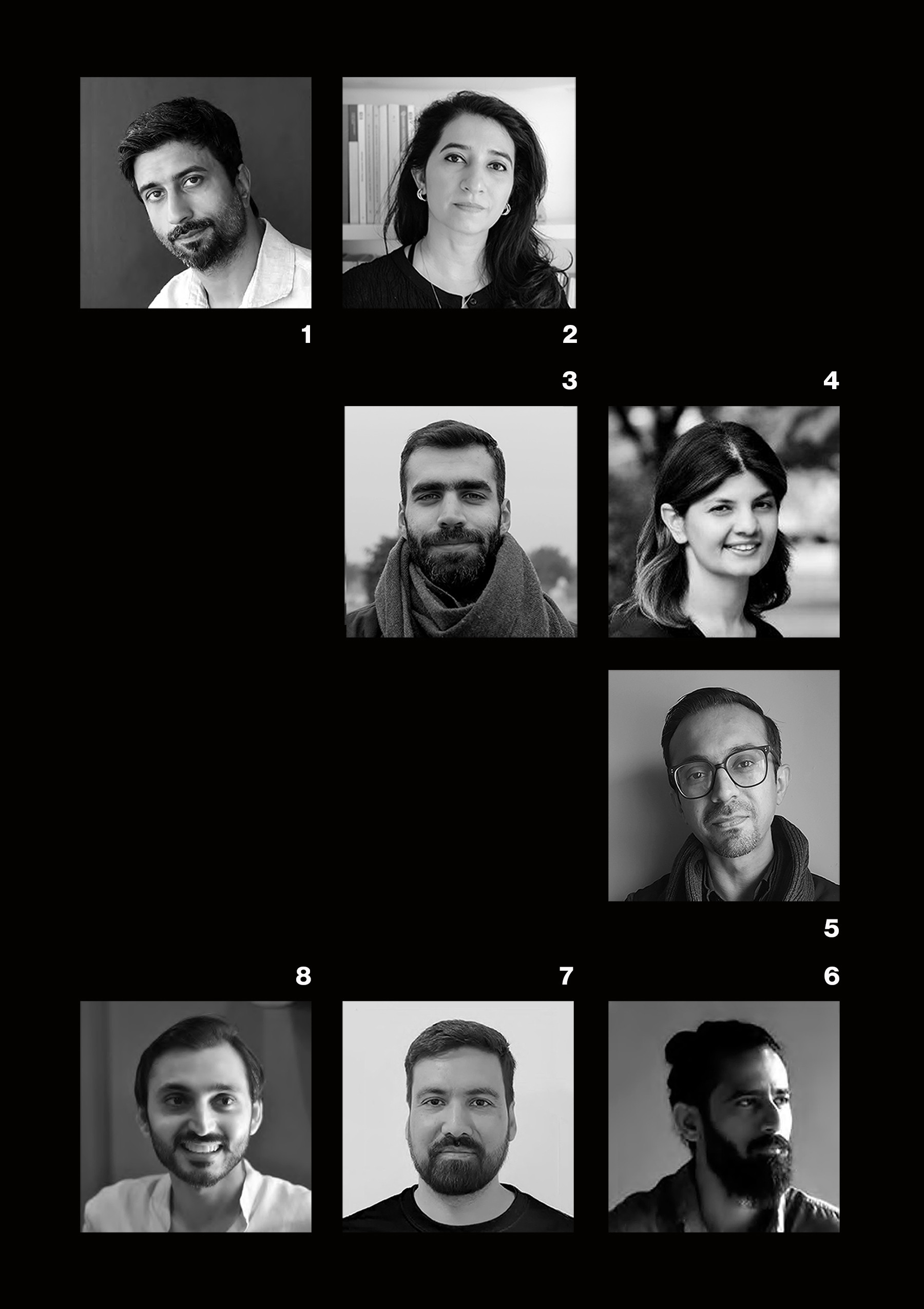
Curatorial Team (1. Anique Azhar, 2. Ayesha Sarfraz, 3. Arsalan Rafique, 4. Madeeha Merchant, 5. Sami Chohan, 6. Salman Jawed, 7. Mustafa Mehdi, 8. Bilal Kapadia). Courtesy of Pakistan Pavilion at Biennale Architettura 2025.
The Pavilion is housed in Spazio 996/A, a gallery space managed by Exhibition Care and situated between the key entrances of the Biennale.
Have something to add? Share it in the comments below.
















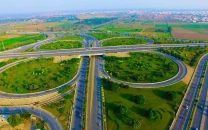
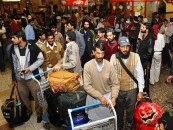
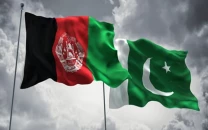






COMMENTS
Comments are moderated and generally will be posted if they are on-topic and not abusive.
For more information, please see our Comments FAQ